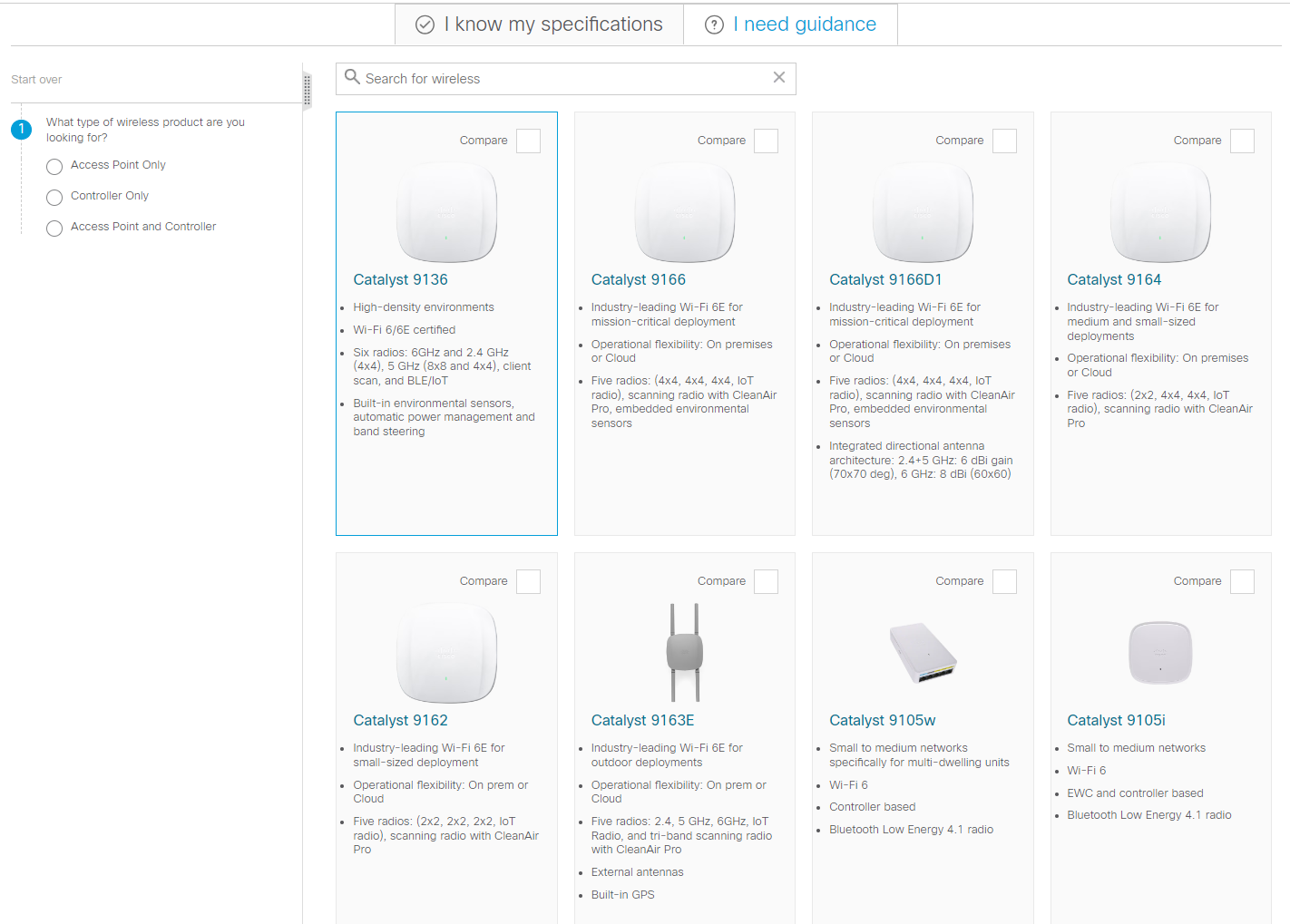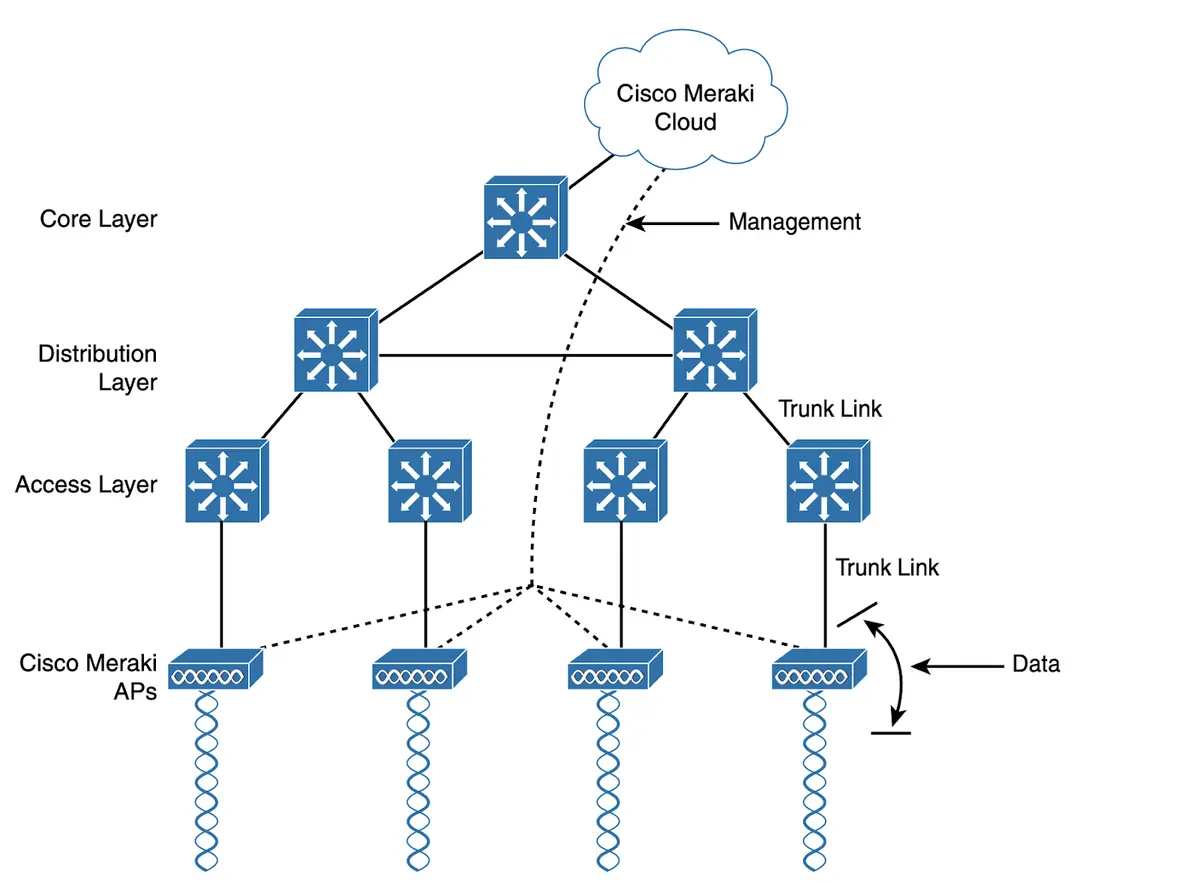































 Image: iStock
Image: iStock As chief technology officer for Oregon's largest public school district, Don Wolff is always looking for ways to improve how Portland Public Schools meet the needs of the district's 47,000 students.
Don Wolff, Portland Public Schools
About four years ago - a year before the pandemic hit the U.S. - the school system moved its entire on-premises enterprise resource planning application, PeopleSoft, into Amazon Web Services.
Wolff said it was a lightbulb moment.
"This is really where the cloud creates huge benefits for us," Wolff told ZDNet. "Not only is it scalable and flexible, but we have a much better security wrapper around it. We have much better insights into the processes that are happening on that massive infrastructure."
Going forward, Wolff said, they made a decision that the district won't invest in on-premises applications. "That is part of our mantra: That we won't bring on any enterprise applications that are not cloud-enabled and accessible from the cloud, and AWS is our primary partner for that."
About a year later, Portland schools used AWS cloud technology to support students even more directly.
Students in Portland's career technical education, or CTE programs, increasingly needed high-performance digital hardware to learn skills like CAD, 3D modeling, and programming.
But the standard-issue student Chromebooks were not up to the challenge.
Wolff said they worked with AWS to launch "a very robust infrastructure of remote desktops that were tailored to meet each of the CTE coursewares needs with all of the applications."
The move allowed students to access high-end, high-performance software for their CTE classes through their Chromebooks. Putting the apps in the cloud actually improved the performance of the digital tools.
Multilingual chatbots
And looking ahead, Wolff said they plan to use cloud technology to potentially ease the wave of incoming calls for tech support that flood in during the first few weeks of school.
High schoolers can earn a tech industry hardware repair certification before graduation.
Read nowWhen the school district moved to a 1:1 device model for students in grades 3-12 and shared devices for pre-K through second graders, the pandemic forced the school district to offer tech support on an unprecedented level.
Between students, teachers, and staff, the school district's digital footprint is about 100,000 devices across 89 school campuses.
"One of the things the pandemic has pushed us to was to open up our support channels," Wolff said. But with the move to 1:1 devices, "we had to open [tech support] for students and families."
Portland schools also officially support five languages - Russian, Vietnamese, Somali, Chinese, and Spanish.
The school system's language access services "have been incredible" for helping students, but "we'll never have enough people to meet all that demand." Once again, Wolff said they plan to look to the cloud for a solution.
SEE:How has the pandemic changed virtual ESL learning?
Later this year, the school system plans to introduce a multilingual chatbot built into the AWS Connect platform. The bot will exist on the school system's tech support page.
Wolff said the chatbot can answer about 90% of common tech support questions. Most of the requests for support center on issues like resetting passwords or finding resources.
Wolff said another school district in Oregon that implemented a tech support chatbot cut its monthly call volume by 90%, from 3,000 monthly calls to 300.
"[That] means we can support all kinds of other things more deeply and with better outcomes, rather than having to have people take the time to answer some of the repetitive, routine questions, so we're very excited about that."
Voice-activated tech support
The district's also eyeing artificial intelligence for voice-activated tech support for students and teachers in Portland. Here's how that might work.
A person could register their voice with the chatbot, and then if they need their password reset or have another easy tech support request or question, the AI-powered bot could handle those tasks.
"Our intent is to provide it as a pilot in our technology services," Wolff continued.
He said plans are in the works to expand the technology to transportation, HR, and other departments.
From mid-August through mid-September, "the crush of incoming support calls for technology is at its highest, and if we can eliminate 90% of that, that will create such positive attitudes in our schools and relieve so much stress from our teachers and our administrators. ... [They'll know they] can move on and actually focus on [their] students, which is where we want their heads at anyway," Wolff said.
Wolff is among 10 people honored in theAWS Education Champions program. The initiative recognizes thought leadership and innovative people using cloud technology to transform education, healthcare, and teaching.
"What we see in education as well as higher ed and K-12 is [educators] want to hear from their peers," explained Kim Majerus, vice president of U.S. education, state, and local government for AWS. "So we want to highlight those individuals who really leaned into using technology to innovate. It's for us to help them create a community amongst themselves."
Put simply, the goal of the Education Champions program is collaboration, not competition.
In recognizing innovators, the focus is "about amplifying their stories, their voices, and truly supporting them with continued innovation in the cloud," Majerus said. "When you have thought-leaders, we want to make sure we support them to continue to go faster."
Educators are shifting to a teaching model that incorporates computer science in every academic subject. But how they choose to do this depends on where you live.
Read nowMajerus said more than 14,000 K-12 school districts and almost 4,000 higher education institutions have turned to AWS technology to help them deliver better student outcomes.
She echoed the voices of many in saying the pandemic changed education. It forced K-12 and higher education leaders - sometimes reluctant to change - to pick up the pace in adopting new ideas to keep operating.
"I think the pandemic has revealed it is possible to leverage cloud-based technology to power learning, learning assessments, online collaboration tools, remote instruction, and really more to enable the schools to provide a more agile and flexible learning environment," Majerus said.
A second change, and perhaps one of the most significant shifts, is the realization that education can and does happen "anywhere at any time, and it's not just in a classroom." However, "while the technology is there, you still need the brightest of bright educators to continue to deliver that education," Majerus said.
Educators and policymakers also had to consider another unique issue. Many students also receive additional services through their public education. That might include healthy meals, social services, or other services and programs to keep kids healthy, engaged, and focused on school.
Majerus pointed to the Los Angeles Unified School District's use of cloud technology to improve educational outcomes through social services support.
When the pandemic forced the school district's approximately 600,000 students home, school district leaders took action. They used Amazon Connect to work with students and families who needed to continue social services support.
Majerus also said shifts to cloud-based tech offer data and insights for higher education, too.
For example, Maryville University created a data link based on AWS, which connected the student information system and the learning management system.
By linking those systems, "Maryville can unleash new innovations to improve their student performance and help them actually keep their students staying on track for success."
Majerus explained:
It's all about personalized learning. I think that's the beauty and the power of what these institutions are starting to realize. Where a student starts in their education journey based on their strengths and understanding of the content and how their interests play into their career building or their career pathways, that's the data that many universities are looking at.
Wolff acknowledged that cloud technology, and the rise of education tech in general, is difficult for some people outside the industry to understand or accept. But he thinks the benefits outweigh the risks and frustrations of embracing a new approach to learning.
Through cloud technology and ed tech, "I think we have an incredible opportunity ... to rethink what school looks like. I don't know that spending six-and-a-half hours in this seat in this classroom on this day means I'm proficient in anything. It just means I was there."
 Горячие метки:
В области образования
Компьютеры и технологии
Горячие метки:
В области образования
Компьютеры и технологии